The quadruplet spacecraft of the Magnetospheric Multiscale mission have just returned from their first adventure into the solar wind — sailing through the most intense winds of their journey so far.
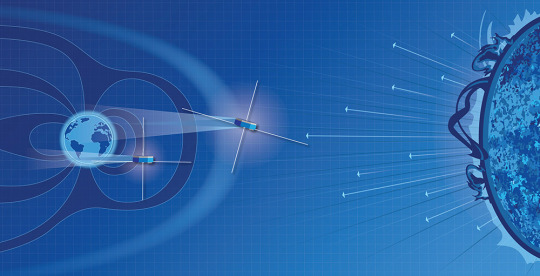
These spacecraft were designed to study Earth’s giant magnetic system, which shields our planet from the majority of the Sun’s constant outflow of material — what we call the solar wind.
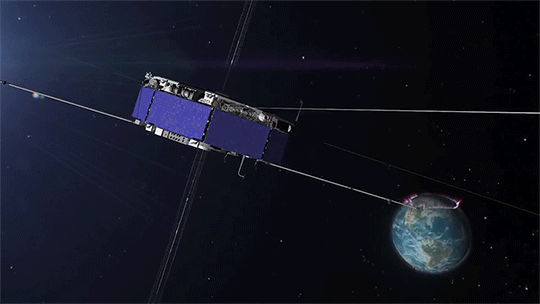
Usually, the Magnetospheric Multiscale spacecraft — MMS for short — take their measurements from inside Earth’s protective magnetic environment, the magnetosphere. But in February and March, the MMS spacecraft ventured beyond this magnetic barrier to measure that solar wind directly — a feat that meant they had to change up how they fly in a whole new way.
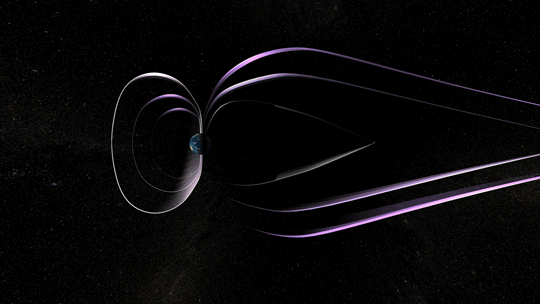
Outside of Earth’s protective magnetic field, the spacecraft were completely immersed in the particles and magnetic fields of the solar wind. As they flew through the stream of material, the spacecraft traced out a wake behind each instrument, just like a boat in a river. To avoid measuring that wake, each spacecraft was tilted into the wind so the instruments could take clean measurements of the pristine solar wind, unaffected by the wake.
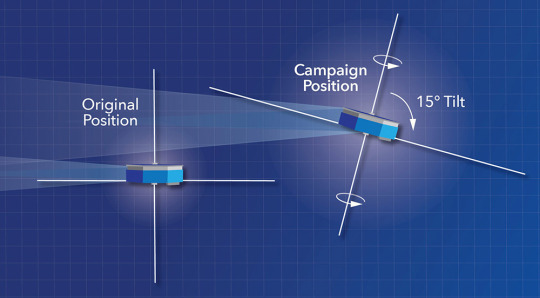
Within the magnetosphere, the MMS spacecraft fly in a pyramid-shaped formation that allows them to study magnetic fields in 3D. But to study the solar wind, the mission team aligned spacecraft in a straight line at oddly spaced intervals. This string-of-pearls formation gave MMS a better look at how much the solar wind varies over different scales.
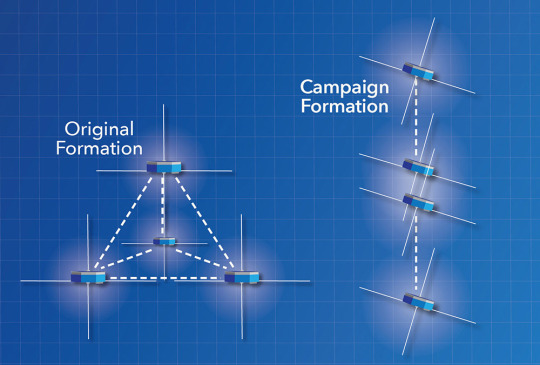
Because the four spacecraft fly so close together, MMS relies on super-accurate navigation from GPS satellites. This venture into the solar wind took the spacecraft even farther from Earth than before, so MMS broke its own world record for highest-ever GPS fix. The spacecraft were over 116,000 miles above Earth — about halfway to the Moon — and still using GPS!
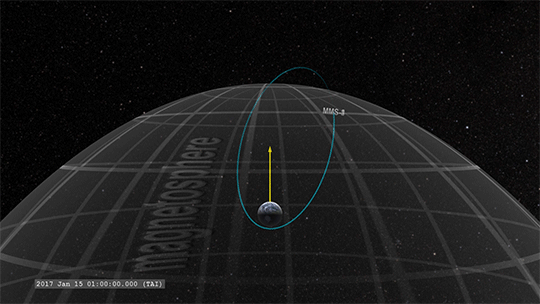
Now, just in time for the 1,000th orbit of their mission — which adds up to 163 million miles flown! — the spacecraft are back in Earth’s magnetosphere, flying in their usual formation to study fundamental processes within our planet’s magnetic field.
Keep up with the latest MMS research at nasa.gov/mms, on Twitter @NASASun or with NASA Sun Science on Facebook.
Make sure to follow us on Tumblr for your regular dose of space: http://nasa.tumblr.com




Комментариев нет:
Отправить комментарий